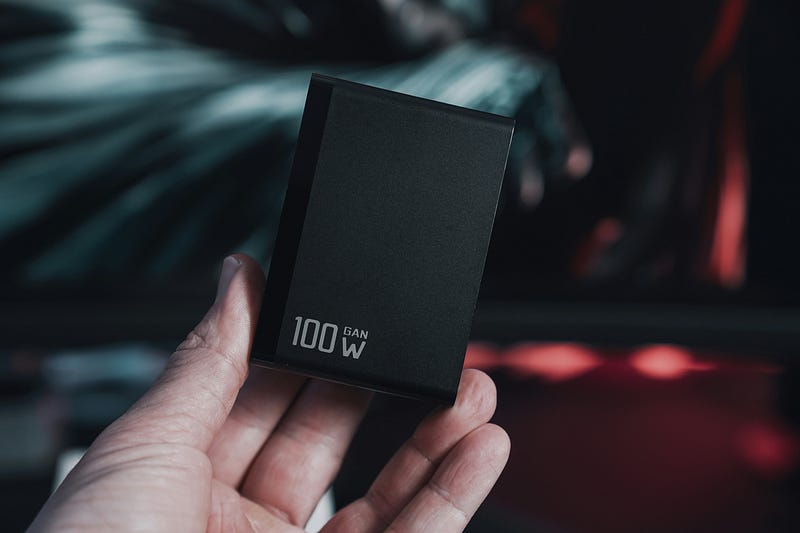Innovative Energy Solutions: Merging AI with Physics for Progress
Written on
Chapter 1: Advancements in Energy Storage Technology
The intersection of artificial intelligence (AI) and cloud computing is driving remarkable advancements in the quest for new battery materials. Researchers from Azure Quantum, Microsoft, and the Pacific Northwest National Laboratory have embarked on a pioneering study that feels almost like a narrative from a science fiction tale. Their innovative method harnesses the power of AI and high-performance cloud computing (HPC) to identify new materials for batteries.
This paragraph will result in an indented block of text, typically used for quoting other text.
Section 1.1: The Search for Solid-State Electrolytes
In their preprint published on arXiv, the team illustrates how they meticulously screened millions of potential materials for solid-state electrolytes, which are essential components in solid-state batteries. They successfully validated 18 new candidates in laboratory settings.
Solid-state batteries promise significant improvements in energy storage, boasting enhanced safety, energy density, and longevity compared to traditional lithium-ion batteries. However, a primary hurdle in their development is identifying appropriate solid-state electrolytes capable of rapidly and stably conducting lithium ions between electrodes.
Subsection 1.1.1: Overcoming Challenges
The majority of current solid-state electrolytes exhibit either low ionic conductivity or inadequate compatibility with the electrodes, which hampers the overall performance and lifespan of these batteries. To tackle this challenge, the researchers integrated various AI models with physics-based models to thoroughly examine a vast material database and predict the properties and stability of potential solid-state electrolytes.

Section 1.2: Rapid Computational Advances
Utilizing cloud HPC, the team executed their models across approximately a thousand computers at once, significantly shortening computation times from years to mere hours. This data-driven strategy enabled them to optimize both the composition and structure of the materials, as well as their processing conditions, to improve ionic conductivity.
The researchers then synthesized and characterized 18 new candidates for solid-state electrolytes with varying compositions, confirming that their approach not only accelerates the discovery of new materials but also aids in practical applications.
Chapter 2: Promising Discoveries and Future Applications
Among their findings, some new materials demonstrated the ability to inhibit the formation of lithium dendrites—problematic structures that can lead to short circuits and battery degradation. Additionally, certain materials showed compatibility with high-voltage cathodes and lithium metal anodes, potentially enhancing the energy density and efficiency of solid-state batteries.
This research exemplifies the incredible orchestration of around a thousand cloud-based computers, working in unison to complete material screening and stability predictions in under 80 hours—a remarkable achievement that was unimaginable just a few years ago.
The researchers are optimistic that their methodology can extend to other material types and devices, including solar cells, thermoelectrics, and catalysts. It is hoped that this work will foster greater collaboration among AI, cloud computing, and materials science, accelerating the discovery and development of sustainable energy materials.
Reference and source: arXiv
Thank you for taking the time to read this. If you enjoyed this article, feel free to show your support by hitting the clap icon as often as you wish. If you appreciate my work and want to contribute, consider buying me a coffee. Stay tuned for more exciting stories!